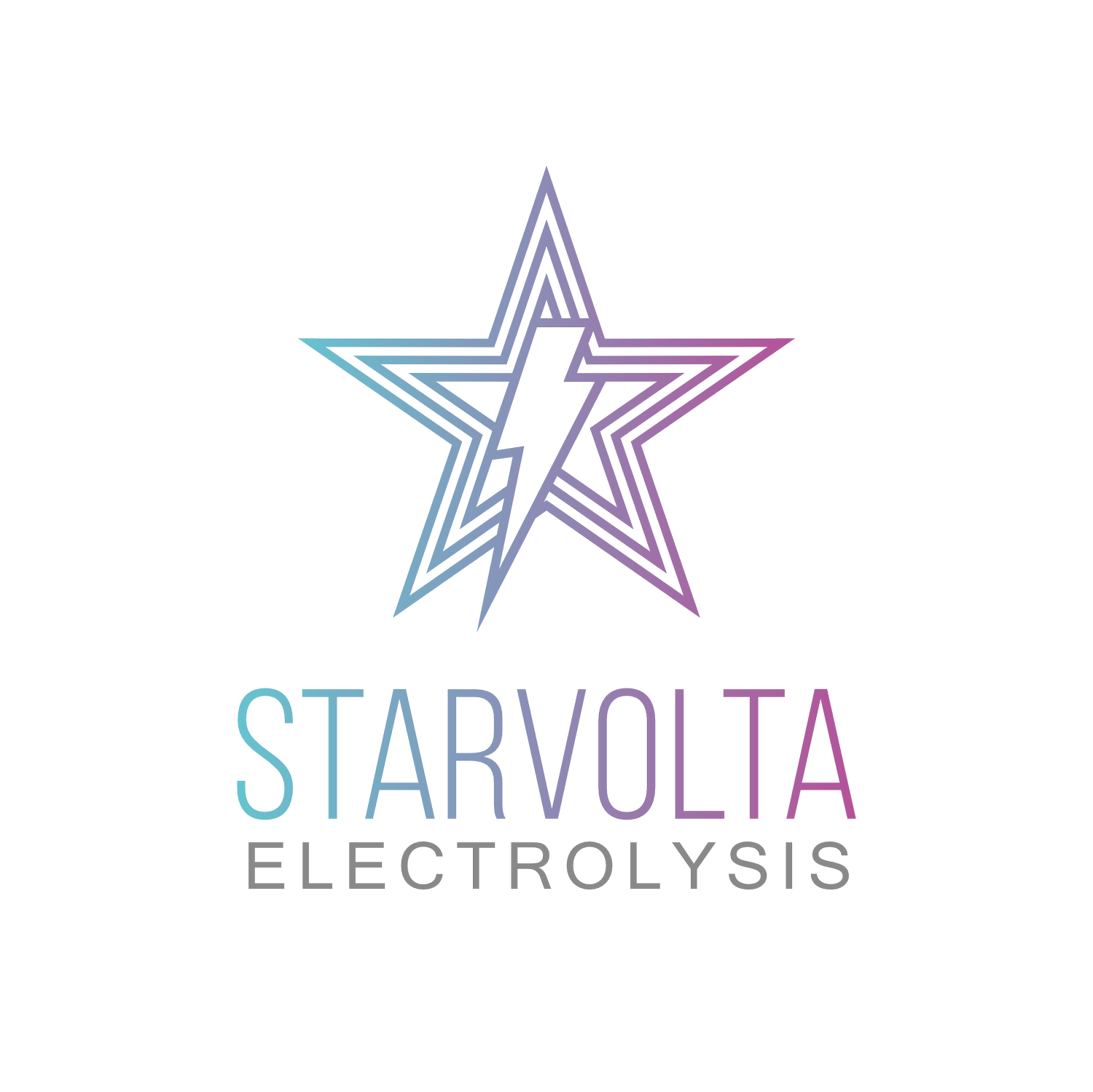choosing electrolysis or laser
-
Two key factors to consider:
Are you a candidate for laser?
What is the reward vs. the risk?
Laser Hair Removal
Best candidates: Pale skin with dark hair.
Limitations: Ineffective on gray, blonde, white, and most red hair.
Technology advances: New interchangeable-wavelength lasers can be effective for people with darker skin tones.
Advantages: Treats large areas at once; for those who are good candidates, can deliver 20–80% hair reduction.
Electrolysis
Recognition: The only hair removal method recognized by the FDA as permanent.
Effectiveness: Works on all hair and skin types.
Process: Each individual hair must be treated, making it more meticulous and time-consuming than laser.
Combination Approach
If your treatment area is not on the face, you might benefit from starting with laser to achieve significant hair reduction, then follow up with electrolysis to permanently remove remaining hairs—especially for large areas such as the trunk, legs, arms, back, or bikini.
(Note: This does not apply for surgery preparation.)
Special Considerations for the Face
Paradoxical hypertrichosis: A small percentage of people—most often those with Fitzpatrick skin types III or IV—experience increased hair growth in or near the treated area, especially on the face and neck.
Facial Hair Removal:
If you do not have a full beard, electrolysis is usually the better option.
If you have significant unwanted facial hair (such as for some trans folx), laser may still be worth the risk to reduce both density and coarseness before finishing clearance with electrolysis—potentially saving significant time and money.
Surgery Preparation (GCS/GRS)
Laser results are not always permanent, and some hair may regrow within a few years. For surgery prep, this can cause unpleasant complications if hair returns in a post-surgical site.
If your surgery is within the next 3 years: Choose electrolysis
